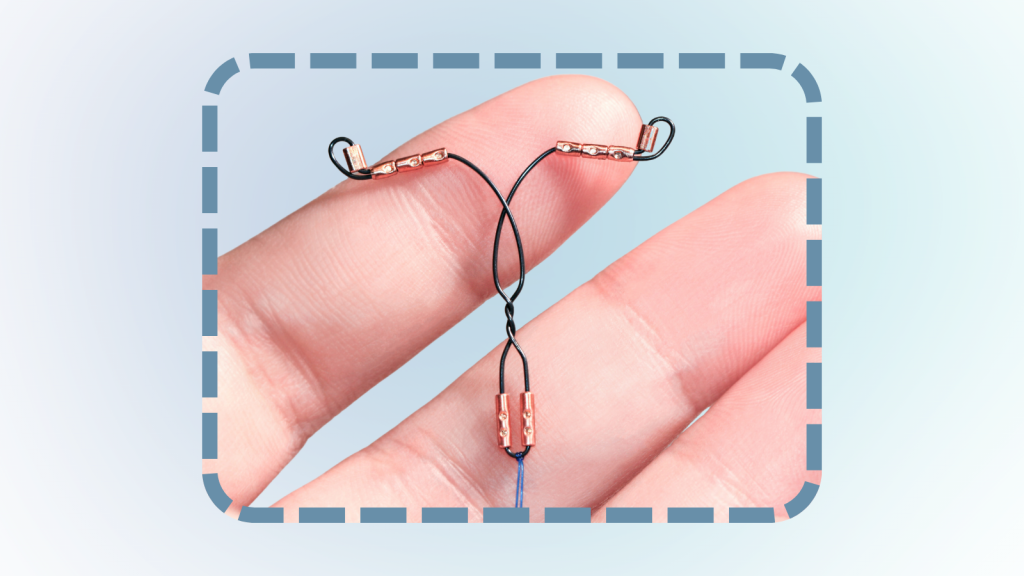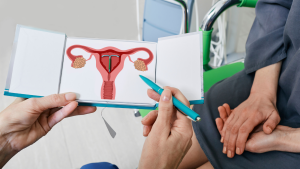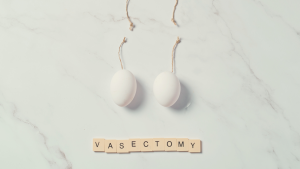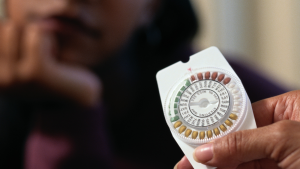
Condom Sizing
Just like the people to whom they’re attached, penises come in all shapes and sizes (some would even argue personalities, but that’s beyond our scope here). Condoms come in different shapes and sizes as well, so anyone can find a condom that’s right for them.







